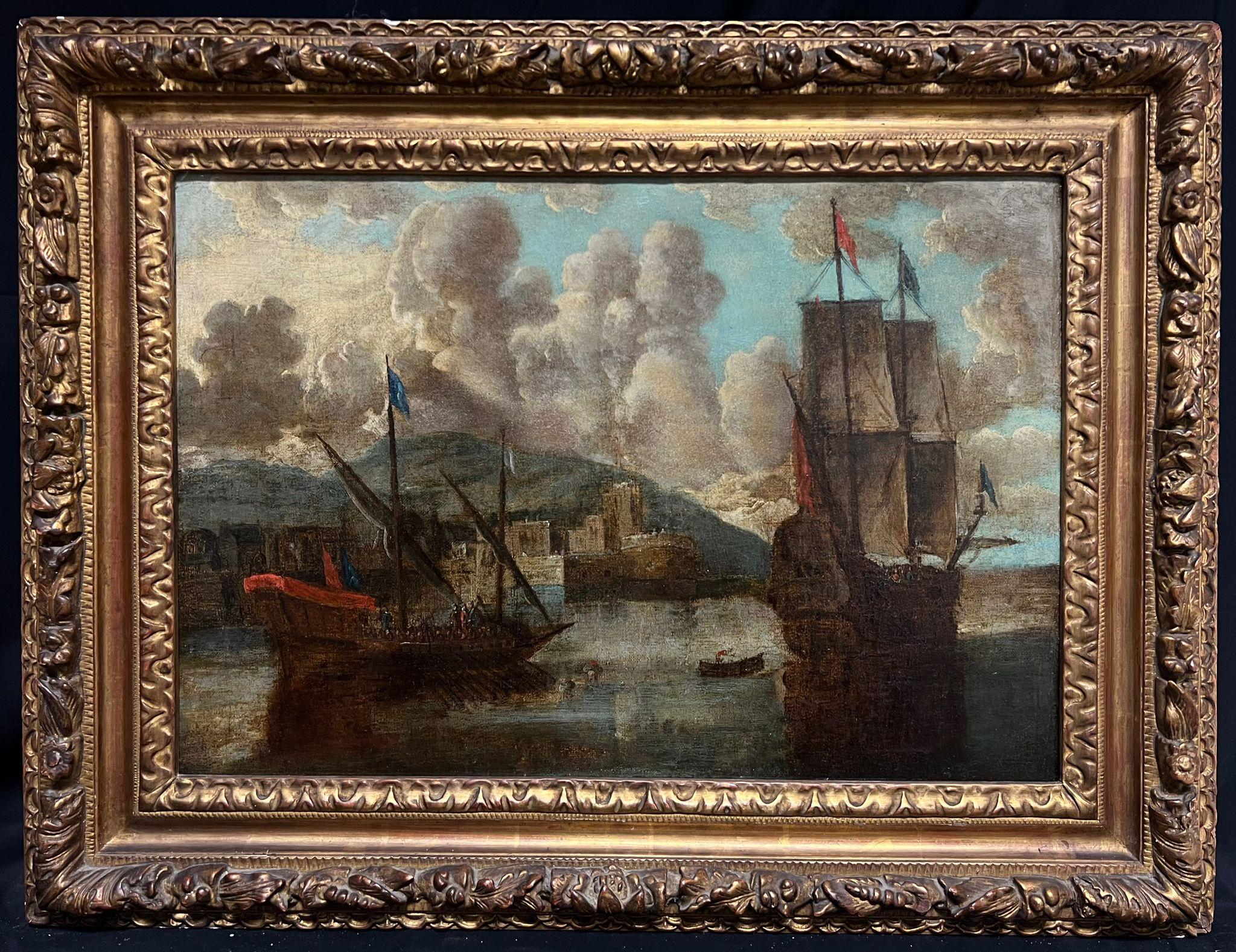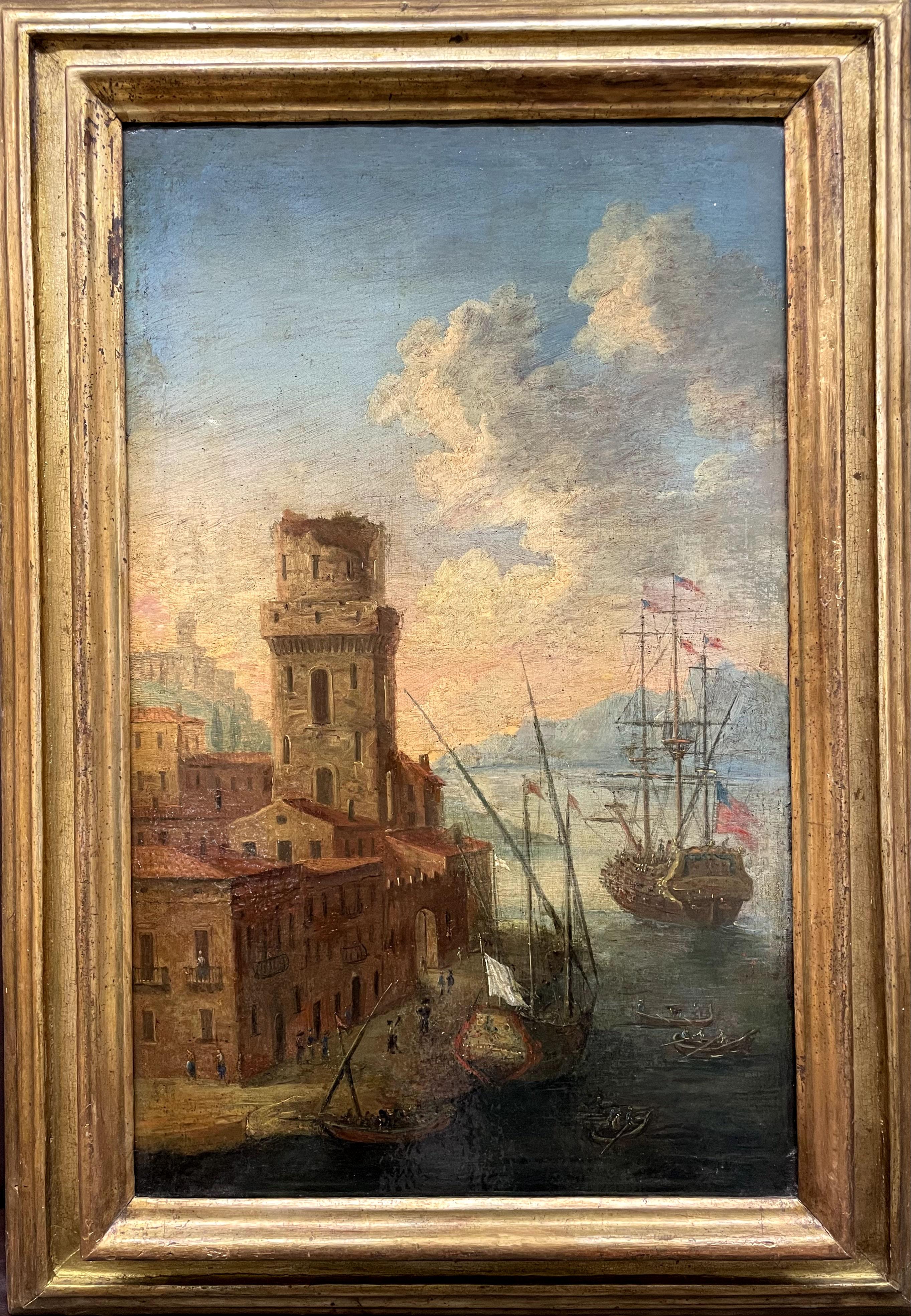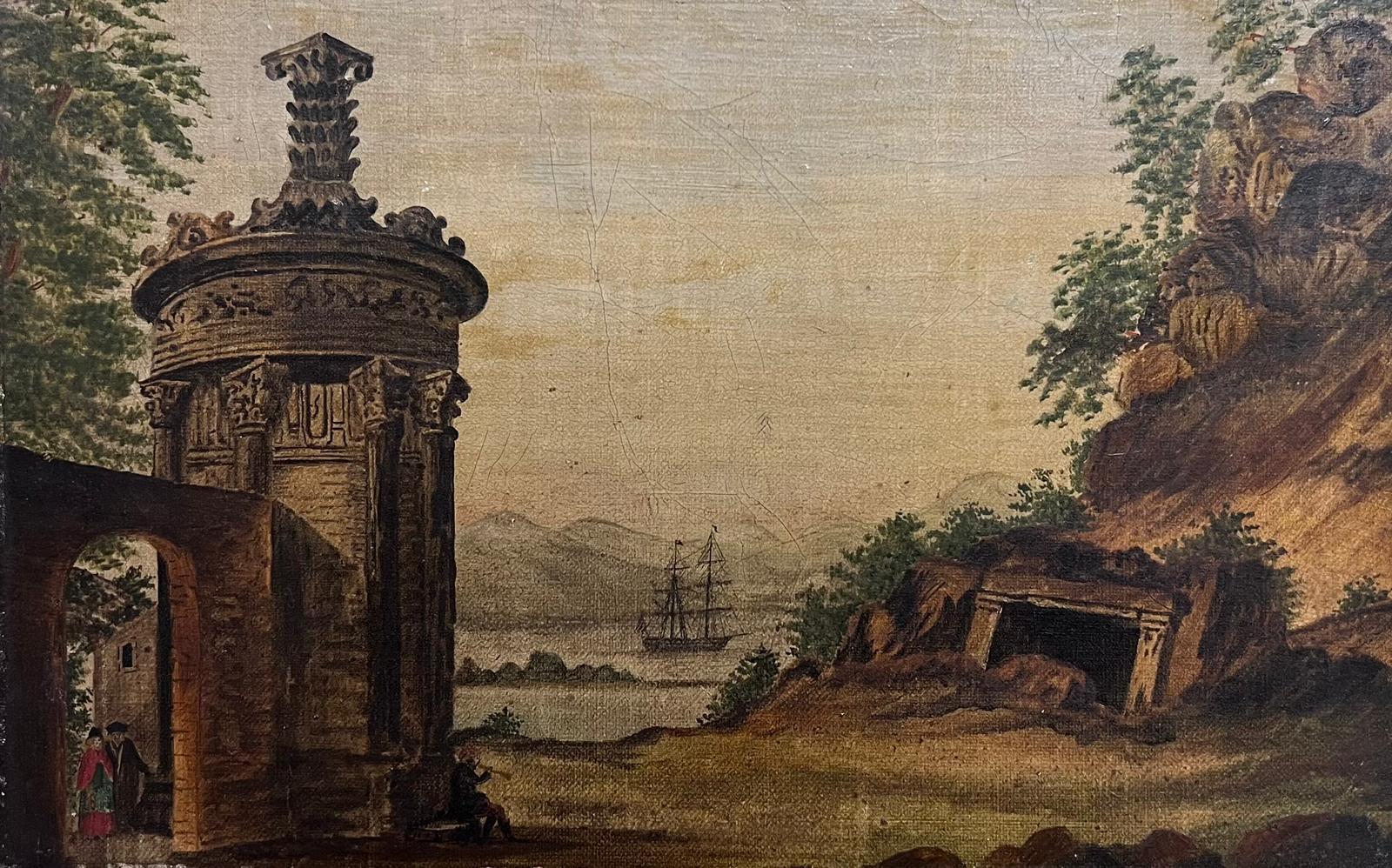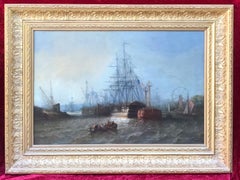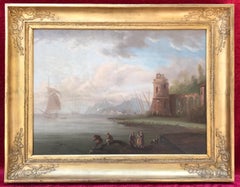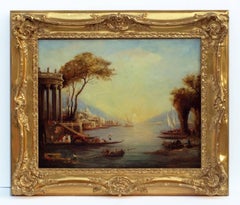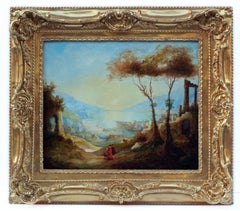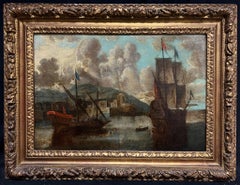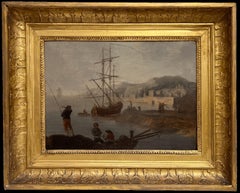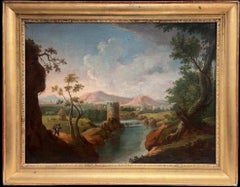Items Similar to French School 18th Century - Seaside Landscape With Roman Ruins and Galleon
Want more images or videos?
Request additional images or videos from the seller
1 of 18
UnknownFrench School 18th Century - Seaside Landscape With Roman Ruins and GalleonCirca 1780
Circa 1780
$6,949.23
£5,173.25
€5,800
CA$9,518.71
A$10,586.89
CHF 5,528.14
MX$128,831.13
NOK 70,602.82
SEK 66,212.98
DKK 44,153.38
Shipping
Retrieving quote...The 1stDibs Promise:
Authenticity Guarantee,
Money-Back Guarantee,
24-Hour Cancellation
About the Item
French School 18th Century
In the taste of Joseph VERNET (1714-1789)
Seaside Landscape with Roman Ruins and Galleon
Oil on canvas
Old Frame regilded with leaves
Dim canvas : 61 X 73 cm
Dim Frame : 81 X 93 cm
- Creation Year:Circa 1780
- Dimensions:Height: 31.89 in (81 cm)Width: 36.62 in (93 cm)Depth: 1.58 in (4 cm)
- Medium:
- Movement & Style:
- Period:
- Condition:
- Gallery Location:Saint-Ouen, FR
- Reference Number:Seller: 229901stDibs: LU447311265642
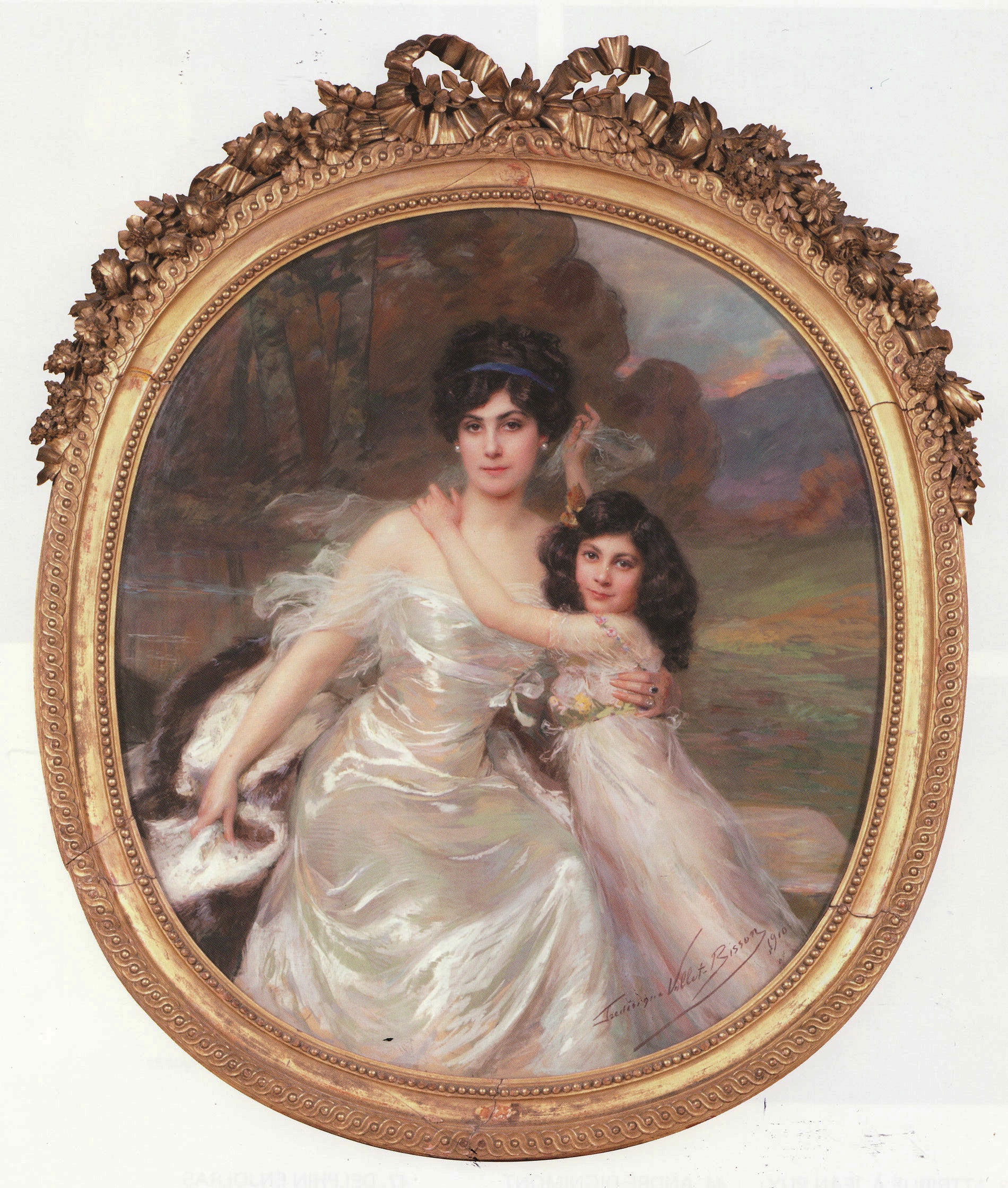
About the Seller
5.0
Vetted Professional Seller
Every seller passes strict standards for authenticity and reliability
1stDibs seller since 2016
60 sales on 1stDibs
Typical response time: 1 to 2 days
- ShippingRetrieving quote...Shipping from: Saint-Ouen, France
- Return Policy
Authenticity Guarantee
In the unlikely event there’s an issue with an item’s authenticity, contact us within 1 year for a full refund. DetailsMoney-Back Guarantee
If your item is not as described, is damaged in transit, or does not arrive, contact us within 7 days for a full refund. Details24-Hour Cancellation
You have a 24-hour grace period in which to reconsider your purchase, with no questions asked.Vetted Professional Sellers
Our world-class sellers must adhere to strict standards for service and quality, maintaining the integrity of our listings.Price-Match Guarantee
If you find that a seller listed the same item for a lower price elsewhere, we’ll match it.Trusted Global Delivery
Our best-in-class carrier network provides specialized shipping options worldwide, including custom delivery.More From This Seller
View AllRochefort Harbour in early 19th Century
Located in Saint-Ouen, FR
Richard FAXON (1816 - 1875)
Rochefort Harbour with Galleons
Oil on canvas signed low right
New golden frame
Size canvas 73 X 50 cm
Size frame 69 X 95 cm
FAXON Richard (1816-1875)
...
Category
Mid-19th Century Academic Landscape Paintings
Materials
Oil
Harbour with Characters
By Émile Jean-Horace Vernet
Located in Saint-Ouen, FR
Follower of Emile Jean Horace Vernet (French, 1789–1863)
Marine Harbour With Characters
Oil on canvas signed low left - Signature to read
Old frame gilded with leaves
Size canvas : 4...
Category
1880s Academic Landscape Paintings
Materials
Oil
Painting 19th Century Marine ruins old master
By Alfred August Felix Bachman
Located in Saint-Ouen, FR
BACHMANN Alfred Félix August (1863-1956)
Bording near the Antique Temple
Oil on canvas signed Low Left
Frame gilded with leaves ...
Category
1890s Academic Landscape Paintings
Materials
Oil
Painting 19th Century Landscape Antique Ruins
By Alfred August Felix Bachman
Located in Saint-Ouen, FR
BACHMANN Alfred Félix August (1863-1956)
Walking by the Antique Ruins
Oil on canvas signed low right
Frame gilded with gold leaves
Dim canvas : 54 X 65 ...
Category
Late 19th Century Academic Landscape Paintings
Materials
Oil
Landscape from French Provence, Painting 19th Century
Located in Saint-Ouen, FR
PONSON Etienne Aimé (1850-1924)
French Provence Mediterenean Landscape
Oils on canvas in Pair signed low
Old frames gilded with leaves
Dim canvas (each...
Category
1990s Academic Landscape Paintings
Materials
Oil
Landscape from Barbizon With Characters
Located in Saint-Ouen, FR
Paul Désiré Trouillebert (1829-1900)
Landscape from Barbizon with characters
Oil on canvas signed low right
Old original sculpted wood frame gilded with leaves
Size canvas : 33 X 41 cm
Size frame : 43 X 51 cm
Paul Désiré Trouillebert (1829-1900)
Paul Désiré Trouillebert (1829 in Paris, France – 28 June 1900 in Paris, France) was a famous French Barbizon School painter in the mid-nineteenth and the early twentieth centuries.
Trouillebert is considered a portraitist, a genre and landscape painter from the French Barbizon School. He was a student of Ernest Hébert...
Category
1880s Barbizon School Landscape Paintings
Materials
Oil
You May Also Like
Coastal Landscape See Paint Lacroix de Marseille Oil on canvas 18th Century Art
Located in Riva del Garda, IT
Coastal view at sunset with fishermen and boats
Atelier of Charles François Grenier De Lacroix, called de Marseille (Marseille 1700 - Berlin 1782)
Oil on canvas
50 x 62 cm. - in fra...
Category
18th Century Old Masters Paintings
Materials
Oil
$7,351 Sale Price
20% Off
18th-Century Old Master Painting Harbor Scene with Tall Ships & Fortifications
Located in Cirencester, Gloucestershire
The Fortified Harbour
French School, circa 1700's
oil on canvas, framed in antique carved gilt wood frame
Framed: 21.5 x 28.5 inches
Canvas : 15 x 22 inches
Provenance: private colle...
Category
Early 18th Century Old Masters Landscape Paintings
Materials
Oil
18th Century French Old Master Oil Painting Ancient Port Harbor Shipping Marine
Located in Cirencester, Gloucestershire
Harbor Scene
Circle of Claude Joseph Vernet (French, 1714-1789)
oil painting on canvas, framed in antique gilt frame
framed: 20.5 x 25.5
canvas: 19 x 23.5 inches
condition: very good...
Category
18th Century Old Masters Landscape Paintings
Materials
Oil, Canvas
Very Large 18th Century French Romantic Classical Landscape Figure in Roman View
Located in Cirencester, Gloucestershire
The Roman Landscape
French artist, .late 18th century
oil on canvas, framed in antique gilt frame
framed: 35.5 x 45.5 inches
canvas: 29 x 39 inches
Provenance: private collection, Fr...
Category
Late 18th Century Italian School Landscape Paintings
Materials
Canvas, Oil
"Seascape with Harbor and Tower"
Located in Edinburgh, GB
Seascape with Harbor and Tower
Medium: Oil on canvas
Dimensions (Framed): 97 x 67 cm
Dimensions (Canvas): 75 x 47 cm
No signatured
This exquisite 18th-century seascape captures a liv...
Category
18th Century Realist Figurative Paintings
Materials
Oil, Canvas
Early 1800's Italian Classical Landscape with Ancient Ruins & Sea Port Painting
Located in Cirencester, Gloucestershire
The Italian Classical Landscape
Italian artist, circa 1800's
oil on canvas laid on board, framed
framed: 9.5 x 13 inches
board: 7 x 11 inches
provenance: private collection
condition...
Category
Early 19th Century Old Masters Landscape Paintings
Materials
Oil
More Ways To Browse
Roman Ruins
Landscape With Ruins
Oil Landscape Paintings 18th Century
18th Century French Landscape
Oil Painting Ruins
Oil Painting Roman Landscape
Antique Seaside Painting
Roman Ruins Painting
18th Ruins Painting
Antique Galleon
Galleon Painting
19th Century European Landscape Paintings
Pennsylvania Impressionist Paintings
Landscape With Ruins
Antique Painting Auction
Icelandic Artists
Oil Paintings Michigan
Laguna Beach Painting
